Are insurance and self-insurance substitutes? An experimental approach
Abstract:
Our theory-driven laboratory experiment tests a broadened Ehrlich and Becker substi- tutability property between insurance and self-insurance. The data show that an increase in insurance prices does lead to a substitution effect between insurance and self-insurance. Disentangling the two components of the coverage (whether and how much to invest) sug- gests that the substitution effect is multilayered: a rise in the unit price is likely to crowd the subjects out of the insurance market while fostering the likelihood of investing in self- insurance. Also, the demand for insurance of those who remain in the market decreases, whereas their demand for self-insurance increases. However, the substitutability effect is mitigated by insufficient sensitivity of the subjects to the price. Therefore, a price subsidy policy is far from being as damaging to self-insurance as theory suggests. Conversely, a high-priced insurance policy does not encourage investment in loss reduction activities as much as it should. Policy issues notably for public health as well as for insurers’ policy are discussed as this research suggests possible ways of steering the pricing policy for insurance.
Co-authored with Corcos A. and C. Montmarquette.
Published in
Journal of Economic Behavior & Organization 180, 797-811., 2020






